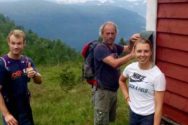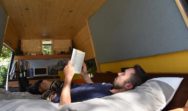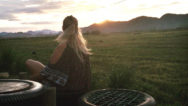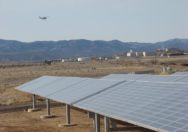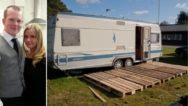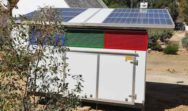
World’s largest battery in 80 days
Tesla is teaming up with French energy company Neoen to build the world’s largest battery within 80 days in South Australia.
The state has been struggling with energy problems, and in an attempt to stabilise the energy Tesla has made a deal to pay A$50m if they fail to deliver the project on time. The grid-scale battery storage could help to even out price spikes, prevent blackouts and improve reliability across the network.
At a conference in Adelaide, Australia Tesla CEO, Elon Musk said the battery will be more than three times the size of the current record holder. It is a lithium ion battery and will be 100 megawatts, compared to the next largest battery, which is 30 megawatts. Tesla estimates the battery could power 30,000 homes. The 129MWh battery, which is paired with a wind farm, is designed to improve the security of electricity supplies across South Australia.
Musk told reporters in Adelaide this month he is confident in the techniques and design of the system, although it will be challenging: “There is certainly some risk, because this will be the largest battery installation in the world by a significant margin. When you make something three times as big, does it still work as well?”.
In March Musk made his pledge on Twitter the he could deliver the battery within 100 days of signing the contract or it would be delivered free. Jay Weatherill, the South Australia state’s premier, confirmed the deal, which now is a part of the government’s A$550m energy plan.
“I’m thrilled with the selection of Neoen and Tesla, whose experience and world leadership in energy security and renewables will help South Australia take charge of its energy future,” Weatherill said.
On a related theme, read about the South Africa Power Crisis here.…

